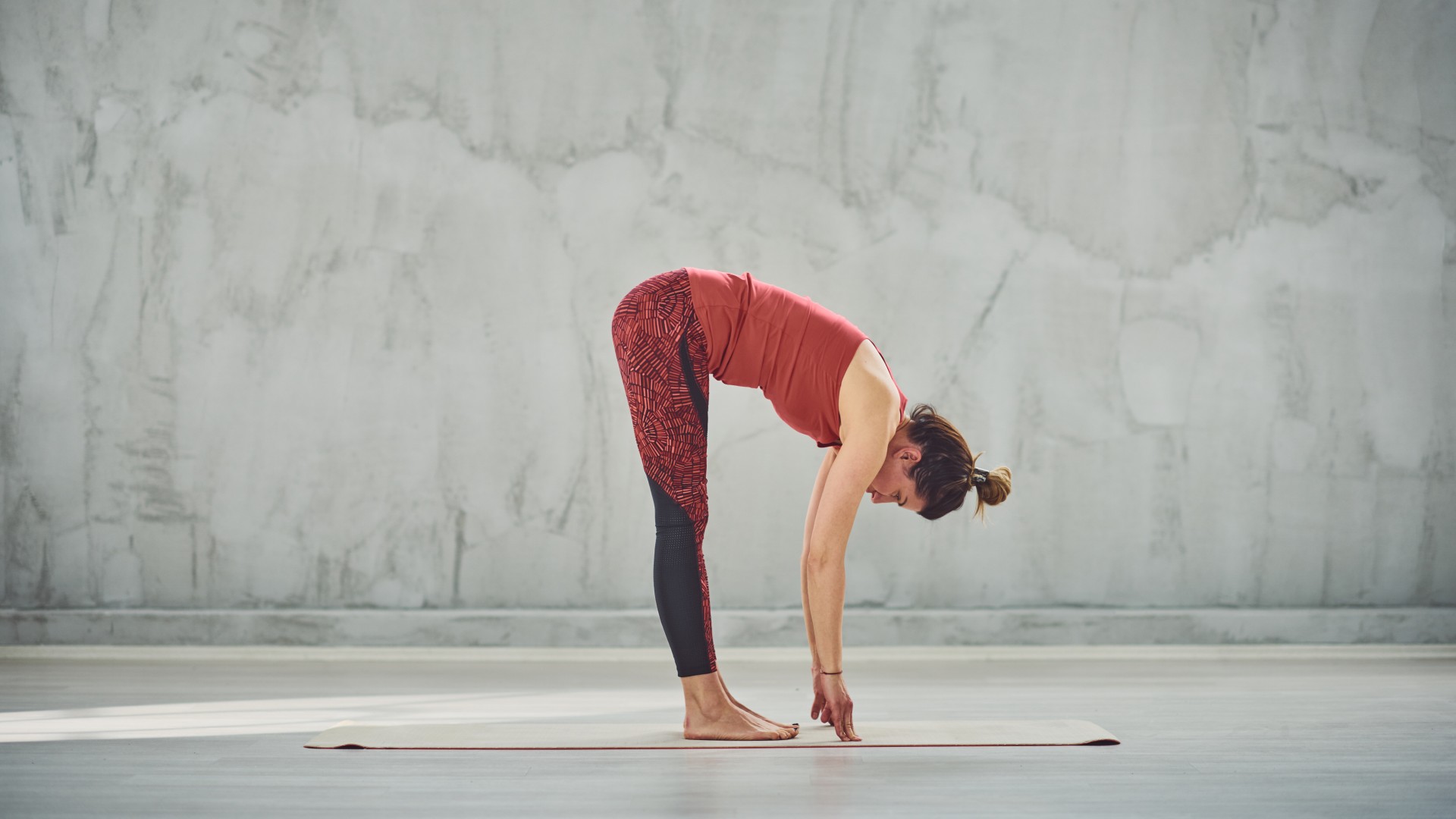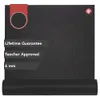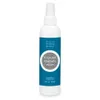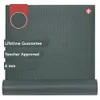A Pilates teacher says the Pilates roll-down is the 'best 2-minute reset for your spine,’ and it's simple for beginners

The Pilates roll-down is rooted in the original Pilates method and involves gentle articulation of the spine to help boost mobility, engage your core muscles, and provide a spinal reset.
According to Abby McLachlan, founder of Pilates and yoga studio East of Eden, it’s an amazing reset for your spine and overall mobility, improving posture, releasing tension, and helping you reset at the start or finish of Pilates classes, creating a sense of calm and focus going about your day.
Whatever your experience with Pilates, you could benefit from this simple two-minute Pilates exercise. Here’s how to do it and the benefits, according to a Pilates instructor.

Abby McLachlan is the founder of Pilates, Yoga, Barre & Wellbeing studio, East of Eden.
What is the Pilates roll-down, and how do you do it?
The exercise itself is simple, but there are a few things to consider if you want to squeeze the most juice from this move. The roll-down involves standing, then rolling down through your spine until your fingers reach the ground, but there’s a little more to it than that, so here’s how to do it, according to a Pilates instructor.
- Stand with your feet hip-distance apart
- Starting with your head, begin to “articulate” your spine forward and over, allowing your arms to hang loose
- Slowly lower your fingertips to the floor, bending the knees as much as you need to, until you’re in full flexion in a forward fold
- Hold and breathe.
“It’s actually part of an exercise in Joseph Pilates' original 34, coupled with a push-up once you get down to the floor,” says McLachlan. “These days, the roll-down element of the exercise is often taught at the start or finish of a class, as it’s a great reset for the spine.”
What are the benefits of a Pilates roll down?
“It's a really good exercise for spinal flexion and mobility,” McLachlan says. “It also uses the abdominals to control the movement, articulating the spine forward, and it can help with back and neck tension.” The roll-down is recommended for improving overall posture and alignment. “As a Pilates teacher, you can see a lot about how someone moves if you ask them to perform a roll down.”
Tips for performing the Pilates roll-down with good form
McLachlan recommends keeping the pressure even across your feet, always standing with your feet hip-width apart. “Knees should be soft or bent, but not hyper-extended,” she adds. “Ribs knitted in and down, shoulders back and down, and chin tucked in, almost like you are giving yourself a double chin, to keep your head in line with your spine.”
Get instant access to breaking news, the hottest reviews, great deals and helpful tips.
Next, she guides you to “switch on your lateral breathing” by inhaling through your nose so your ribs expand to the side. On the exhale, “Think about a corset tightening around your ribs and your pelvic floor engaging.” When you articulate (fold forward), start with the cervical spine (the top of your spine) and aim to move one vertebrae at a time, using your core to help guide the spine forward and down.
McLachlan says a good way to encourage this type of movement is to imagine moving over a beach ball or being pushed in the stomach to help round through the spine.
What happens if you do Pilates every day?
Ever wondered what happens if you do Pilates every day?
“Daily pilates can help with posture, core strength and stability, as well as a greater degree of mobility and flexibility. The focus on breathing can help with better breathing patterns throughout the rest of your life and can reduce stress and help with sleep,” McLachlan says.
“It is safe to do daily, and can be combined with walking, weight training, yoga, and many other modalities. Even though rest days are important, because Pilates can be quite gentle, you can easily still do a few roll-downs and some spinal rotations and side bends even on a day when you are resting.”
And it doesn't need to be time-consuming. Three reps or a few minutes is perfect.
Follow Tom's Guide on Google News to get our up-to-date news, how-tos, and reviews in your feeds. Make sure to click the Follow button.
More from Tom’s Guide
- 8 best core workouts to build stronger abs and boost your balance without weights
- No Weights Needed: Build Strength and Tone in Just 20 Minutes with This 5-Move Routine
- Boost Strength and Flexibility: Try This 20-Minute Daily Yoga Flow at Home

Sam Hopes is a level 3 qualified trainer, a level 2 Reiki practitioner and fitness editor at Tom's Guide. She is also currently undertaking her Yoga For Athletes training course.
Sam has written for various fitness brands and websites over the years and has experience across brands at Future, such as Live Science, Fit&Well, Coach, and T3.
Having coached at fitness studios like F45 and Virgin Active and personal trained, Sam now primarily teaches outdoor bootcamps, bodyweight, calisthenics and kettlebells.
She also coaches mobility and flexibility classes several times a week and believes that true strength comes from a holistic approach to training your body.
Sam has completed two mixed doubles Hyrox competitions in London and the Netherlands and finished her first doubles attempt in 1:11.
You must confirm your public display name before commenting
Please logout and then login again, you will then be prompted to enter your display name.










